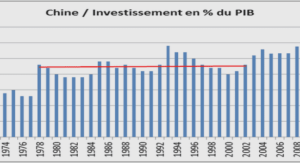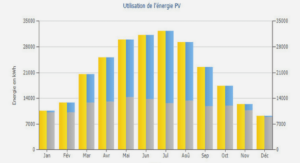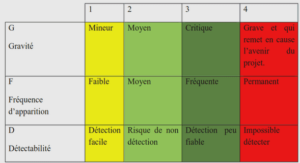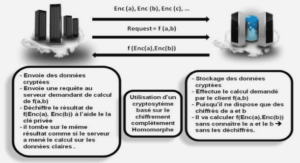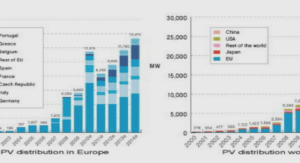Progrès génétiques dans les races bovines laitières françaises
Measures of genetic diversity Pedigree‑based measures of genetic diversity Pedigree-based inbreeding coefcients Fped and kinship coefcients fped were computed with the Pedig software [39] for all the animals in the three datasets. Te mean of all kinship coefcients fped for bulls born between 2005 and 2010 and the mean of all kinship coefcients fped for bulls born between 2012 and 2015 were compared with a two-sample t test. We also computed pedigree-based coefcients by taking only the last fve generations for each bull into account, with the Pedig software [39] for all animals in the three datasets.
Measures of genetic diversity based on runs of homozygosity
ROH refect autozygous segments of the genome. A ROH was defned as a homozygous segment of at least 15 SNPs or 1000 kb long, with at least one SNP per 75 kb. Two consecutive SNPs could not be included in the same ROH if they were more than 150 kb apart. ROH were detected using the PLINK 1.9 “homozyg” function [40, 41] (command line: plink –cow –bfle genotyping_data_ flename –homozyg –homozyg-kb 1000 –homozyg-snp 15 –homozyg-window-snp 15 –homozyg-density 75 –homozyg-gap 150 –out output_flename). ROH-based inbreeding estimates, FROH,i, were computed as the proportion of genome included in ROH [10, 24] as follows: where ΣLROH,i is the total length of ROH for individual i, and Lauto the length of the autosomal genome covered by SNPs after withholding gaps longer than 150 kb between two SNPs, corresponding to the length of the autosomal genome on which ROH can be detected. Tese parameters allowed the detection of ROH on 77.0, 77.0 and 78.6% of the autosomal genome of Montbéliarde, Normande and Holstein bulls, respectively (see Additional fle 2: Table S2). For each individual, the mean ROH length, i.e. LROH,mean,i, was computed as: where ΣLROH,i is the total length of ROH for individual i in kb, and NROH,i the total number of ROH for individual i. Pearson’s product-moment correlations between pedigree- and ROH-based inbreeding coefcients were computed for each breed in order to check if it was relevant to compare both inbreeding estimates. To compare the variability of pedigree and ROH-based inbreeding rates, we calculated the coefcient of variation FROH,i = ΣLROH,i Lauto , LROH,mean,i = ΣLROH,i NROH,i , of these two parameters within each breed as the ratio between the overall standard deviation of inbreeding and its overall mean for each dataset. We obtained approximate inbreeding rates per generation for a selection type by multiplying the mean inbreeding rate by the mean parental generation interval for this period (in years) (see Additional fle 3: Table S3)
Demographic parameters
Generation interval I1 was computed with an adapted version of Pedig software [39]. I1 was defned as the mean diference between the birthdate of an individual and its parents, in months. For each breed, the number of bulls born per year was divided by the number of bulls born in 2005 in the three datasets, giving Si: where Ni is the number of bulls born in year i. Te efective number of bulls, Nebreed, selection, for a given breed and a given type of selection was computed as: where nbreed, selection is the number of bulls for a given breed and a given type of selection and oi the number of ofspring of bull i [42, 43]. We also computed the efective/census number of bulls ratio, Nebreed, selection nbreed, selection. Te two types of selection were progeny testing selection (PTS) (individuals born between 2005 and 2010), and genomic selection (GS) (individuals born between 2012 and 2014). 95% confdence intervals for Nebreed, selection and Nebreed, selection nbreed, selection were generated by random resampling with replacement of the datasets (bootstrap with 1000 iterations). For a given breed, Nebreed, PTS and Nebreed, GS, or Nebreed, PTS nbreed, PTS and Nebreed, GS nbreed, GS were statistically diferent if confdence intervals did not overlap.
